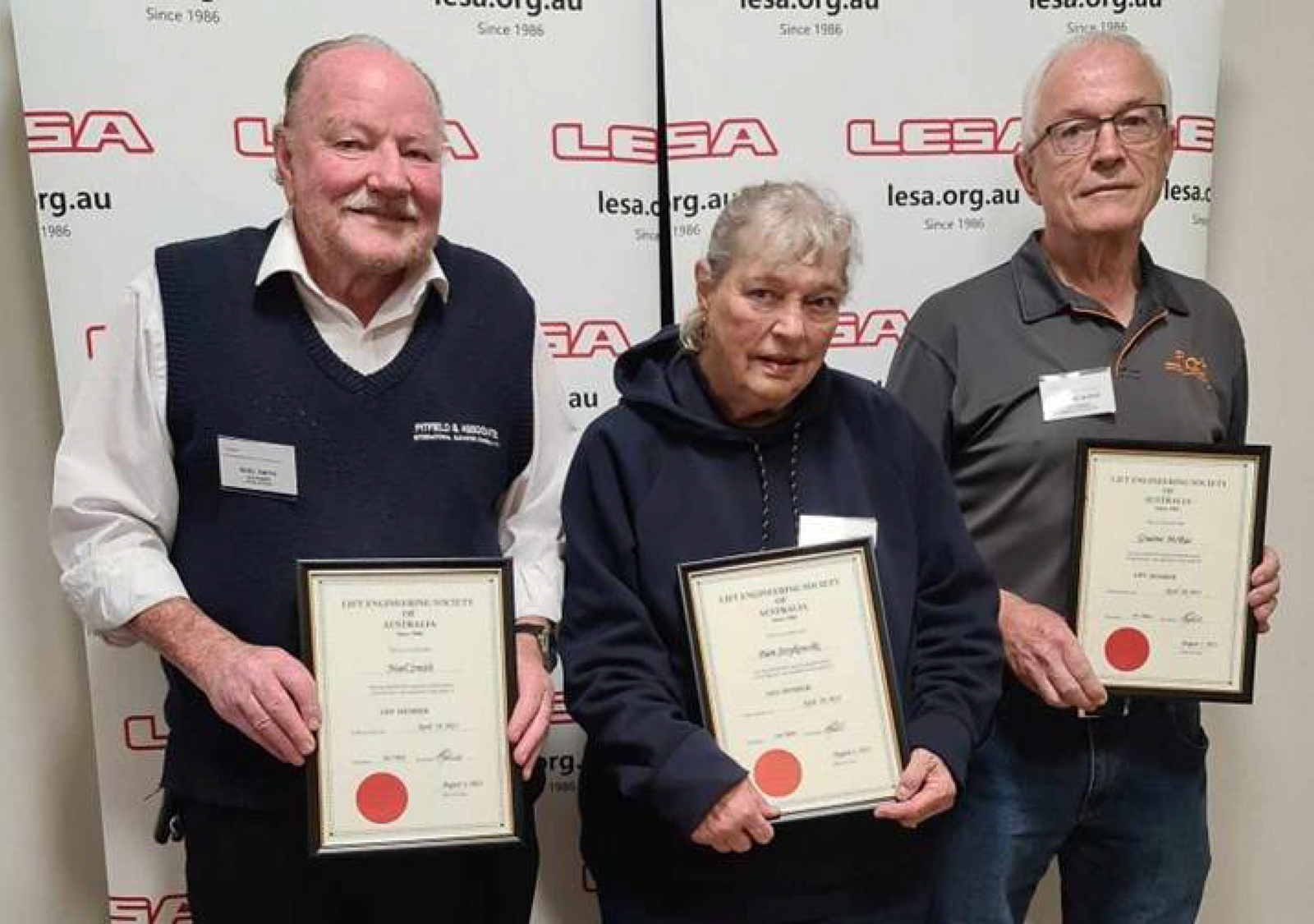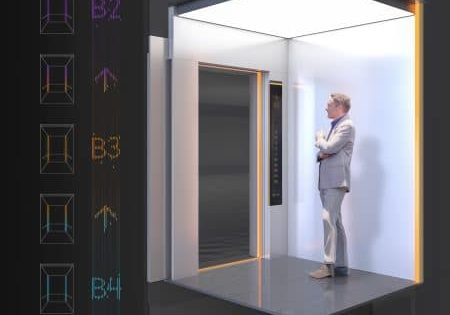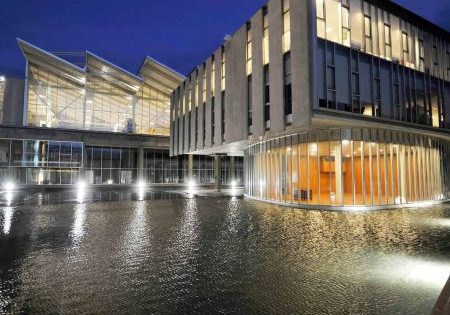LESA interviews three longtime members.
submitted by LESA
Upon presenting Lift Engineering Society of Australia (LESA) life membership certificates to Noel Smith (NS) of Pitfield & Associates Pty. Ltd., Graeme McRae (GM) of Floth Pty. Ltd. and Pam Strykowski (PS) of Pitfield & Associates earlier this year, LESA interviewed each using a standardized format. These three professionals’ answers provide interesting insight into not only their careers but the Australian vertical-transportation (VT) industry. Smith, McRae and Strykowski have been members of the lift industry for 57 (LESA member since 1986), 53 (LESA member since 1995 and newsletter editor since 2003) and 26 years (LESA member since 1997), respectively.
LESA: What company did you start work with in Australia?
NS: I commenced with Elevator Pty. Ltd. (EPL) in 1966 in Sydney as an apprentice electrical mechanic, commencing in the factory at Waterloo [an inner Sydney suburb) where all components, including relay coils, were manufactured. When the factory closed in 1969, I initially moved to installation and was involved in installing the first Hitachi escalators in Australia at Carlingford Court [a shopping center in Carlingford, Sydney]. Then, it was over to the service department for maintenance, which included water hydraulics.
In 1974, I became a sales/project engineer for two years, then was appointed as New South Wales (NSW) training manager in 1976, responsible for all apprentice and tradesmen training. In 1978, I accepted a role as Lift Link manager (EPL’s attempt at remote elevator monitoring) for Australia.
In 1980, I moved over to the Technical Services unit as supervisor, working with Dick Winstanley, where we were responsible for all modernization, tuning and testing with the old Department of Labour and Industry (which employed statutory lift inspectors), along with solving all technical problems for the service department. I remained with Technical Services until my departure in 1987, when I realized I had outlasted the lifts at Australia Square [Sydney office and retail complex], since I had installed them as an apprentice and was now tuning and testing the modernization.
In 1988, I joined the Department of Industrial Relations as an inspector, later becoming co-coordinator of the Lift Unit for (safety-focused government agency) WorkCover NSW. I was appointed to the ME4Standards Committee (which is responsible for drafting and amending Australian lift codes) in 1989 as the department’s representative on all lift codes. I remained with WorkCover until its demise in 2003. I then accepted a position with Otis as national risk manager, where I remained until early 2006.
PS: I started as Motion Control Engineering (MCE) office manager when my husband, Sam, was the Australian representative. When he left to take a position with City Elevators, I was appointed the Australian liaison — a position I held for seven years. I was also a representative for CorrTech, Inc., a firm that sold escalator brushes, rope brakes, speed governors and lightweight stone for lift interiors. I then started as office manager at Pitfield, a position I still hold.
GM: I commenced with the lift section of the NSW Department of Public Works as a new graduate electrical engineer. Eight other people were arranging installation and maintenance of lifts, escalators, moving walks, hoists and cranes in NSW public buildings. All had held responsible positions with major lift companies. The first time I entered a lift pit was with an experienced inspector who pointed out a damp patch on the wall and asked me to taste test it as he advised, “If it is salty, it is sewage.” Fortunately, I had a rural upbringing, and there was an old saying: “Trust everyone, but brand your calves.” This allowed me to claim salt intolerance.
A couple of years later, I witnessed the commissioning of lifts in a new office building at the corner of Hunter and Elizabeth streets [in Sydney]. The DC gearless machines regenerated sufficient power to trip the substation reverse power protection and plunge the site into darkness.
My first set of tender documents was for the Department of Education’s head office on Bridge Street [in Sydney’s CBD], [served by] a duplex pair of 16 passenger lifts to replace a hydraulic water lift. There was a subsidy of about AUD2,500 (US$1,622) for removing a connection to a water main for hydraulic water lifts. The head of the section was on the ME4 Standards Committee that drafted/revised lift standards. He circulated minutes of meetings. This was interesting, as it showed how and why things were done a certain way. It also helped me understand the intent of some clauses. [Public works] was a good place to learn. For every question that I had, there was someone who had the knowledge and took the time to give a detailed answer.
LESA: Have you ever left the lift industry?
NS: No. After parting company with EPL, I had a short break while getting to know my young family. Those of you who have ever done “after-hours” calls in the old days will know what I mean.
PS: Not since I started in it, which was relatively late. While never hands-on, I have learned so much about the industry.
GM: After three years in the lift section, I was transferred to an electrical position. After a further seven years, I left to join a building services consultancy, Stastra Page, spending about 80% of my time on electrical issues and 20% on vertical transport. In 1985, George Floth, the Sydney office manager, started Floth’s own firm and I joined as head of electrical issues and VT, spending about 70% of my time on electrical and 30% on VT.
LESA: Which company do you work for now?
NS: Pitfield.
PS: Pitfield.
GM: Floth Ptd. Ltd. building services consultants. One of the interesting times was getting an Indonesian installer and a Korean adjuster (from the manufacturer) to test the lifts in a new hotel in Bali to Australian standards. We checked the safety gear on a lift that had been used by the builder for several weeks. When the governor tripped, the lift car continued to accelerate, so the brake was applied. The adjuster later corrected the way the governor rope was attached to the safety gear. Now, the lift stopped, but in twice the allowable distance. On the next visit, I brought a torque wrench. The adjuster checked the torque on the nuts that adjust the stopping force applied by the safety gear on a lift of the same rating that stopped in the required distance. When faulty safety gear nuts were adjusted to the same torque, the lift stopped in the required distance. Bali had a regulation that buildings be no taller than a palm tree. This building had at least 12 floors but was located at the bottom of a cliff with a palm tree planted at the top of the cliff. Other notable Sydney projects included 35 Clarence Street, the first destination-control installation in Australia; and 201 Elizabeth Street, where Schindler modernized double-deck passenger lifts to include destination control. The poor performance of the lifts with conventional controls caused double-deck lifts to not be considered on a number of projects.
LESA: What is your role with your current company?
NS: I am the technical director for work, health and safety and codes, responsible for providing consulting services to our clients, and am still a member of the Standards ME-004 committees. I was appointed as an Australia representative on the ISO TC 178 committees in 2012.
PS: I am office manager.
GM: I am semi-retired, doing about 1.5 days per week, often working on things such as building maintenance units, mechanical parking systems and VT system design. I also do an annual inspection of 15 ski lifts.
LESA: If there was one thing about the industry you could change, what would it be?
NS: The whole industry needs to be better informed as to what is going on in our industry globally. We are going through possibly the biggest changes to the philosophy of codes in a millennium, where the world is now moving toward performance, rather than prescriptive, codes. Yet, we have sections of the industry that are not prepared to accept change. With the federal and state governments legislating a risk-management approach to just about everything, I believe that more needs to be done to educate industry owners about this type of approach. I also believe the industry has a lot to answer for in the current shortage of skilled labor. Over the past 15 to 20 years, the number of apprentices and types of apprenticeships taken on by the industry has fallen dramatically. Unless something is done now to replace the expertise of those of us who are getting close to being “old farts,” we will be in a situation where expertise will need to be imported.
PS: The current issue going on around buildings generally appears to be a bit of overkill. I agree with the notion of eliminating people who do not do the right thing, but there needs to be a bit of common sense applied to some of the things that are not necessarily the responsibility of the lift industry. Some very good people are being overlooked because they don’t have letters after their names, but have many years of experience and valuable knowledge. It just seems such a waste of resources to bypass someone just because they don’t
Get more of Elevator World. Sign up for our free e-newsletter.










